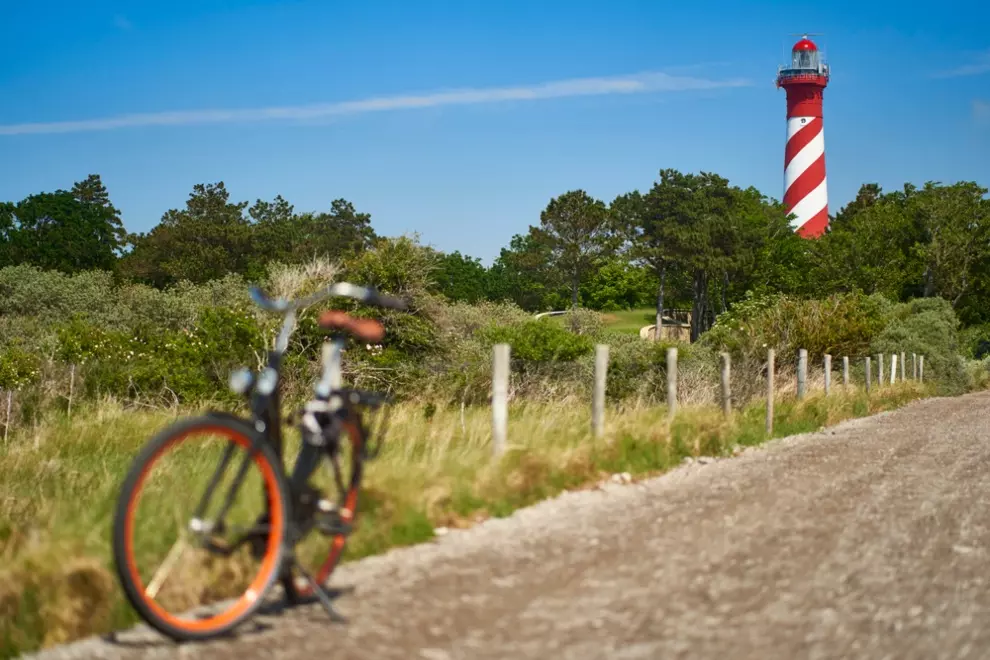How long does it take to acclimatize?
Acclimatisation doesn’t happen overnight. It typically takes up to 14 days for your body to adjust to a new, hotter environment. During this period, your body undergoes several physiological changes to improve its ability to dissipate heat, maintain hydration, and sustain performance.
What to do to acclimatize?
There are several activities that can aid in heat acclimatisation. These activities should be incorporated into your training before travelling to hot environments or when preparing for a hot weather event. Remember to always listen to your body and take rest days as needed during this acclimatisation period.
- Passive heat exposure: This involves spending time in hot conditions without exercising, such as sitting in a sauna or hot bath. This can help your body get used to the heat without the additional stress of exercise.
- Training in the heat: You can acclimatise while cycling in a hot environment but the key is to manage intensity. Start with low-intensity and gradually increase it as your body adapts. Riding at a high intensity too early doesn’t speed things up and makes your training session low quality.
The first 3-4 days of acclimation training should be done at an intensity reduced by 60-70% and the rides should only be around 60-90 minutes long. Gradually increase the duration and intensity of rides over the following 3-5 days. After about 10 days, you should be ready for your usual training. Keep in mind that you don’t need to ride every day in high temperatures when you’re trying to acclimate but don’t go more than 2-3 days between hot training sessions, otherwise you would reset the process.
Tip: It may seem like you don’t need a warm-up before riding in the heat but the opposite is the case. A thorough warm-up is essential because it lets your cooling system get up to speed so you start sweating right away.
Note: Heat acclimatisation is a passive process that results from exposure to heat, regardless of exercise. On the other hand, acclimation is an active process where your training sessions are designed to improve your performance in the heat.
What happens when you acclimatise?
Whether you acclimatize passively or do some active acclimation training, your body will change in several important ways to deal with heat better. Here are the main physiological changes you can expect.
- You start sweating sooner and much more than usual.
- You sweat more evenly all over your body, not just on your back and armpits.
- Your sweat gets less concentrated with electrolytes as your body tries to preserve them.
- Your plasma volume increases to provide you with more fluid that turns into sweat and to improve your capacity to move heat away from your organs to the surface of your skin.
Acclimatising to heat is a crucial part of preparing for cycling in hot weather. You can do a lot more than just get used to the heat. Making strategic adjustments to your training schedule and pre-exercise routine can go a long way. Thenext article in the series will be all about smart hydration on the bike so that you can get the most out of your ride in the heat.







